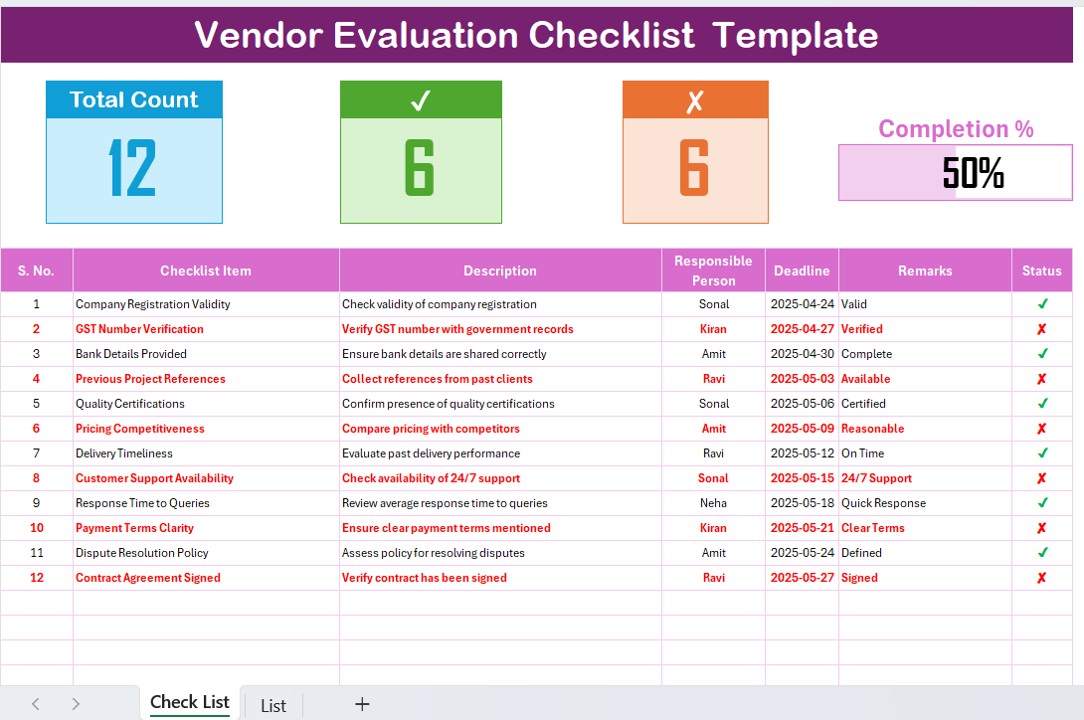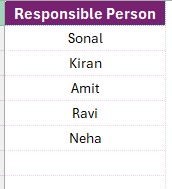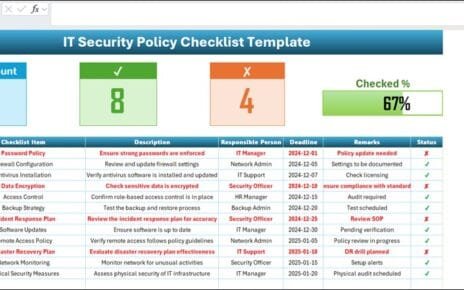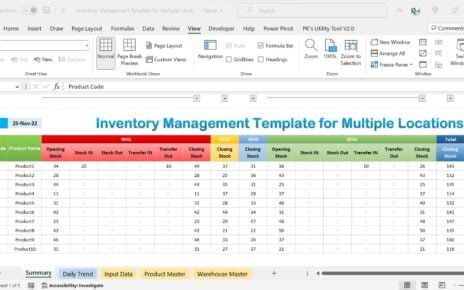In the ever-evolving business landscape, choosing the right vendor can either fuel your company’s success or become a costly mistake. That’s why a systematic and well-organized Vendor Evaluation Checklist in Excel is not just helpful—it’s essential. In this article, we’ll walk you through everything you need to know about vendor evaluation, how to use Excel to manage it efficiently, and best practices to follow. Plus, we’ll dive into the advantages, features, and frequently asked questions to help you master vendor management effortlessly.
Click to Purchases Vendor Evaluation in Excel
What is Vendor Evaluation?
Vendor evaluation is the process of assessing and selecting suppliers based on their quality, reliability, cost-effectiveness, and overall performance. It helps businesses ensure they are working with vendors that meet their operational, financial, and compliance standards.
🔍 Why Use Excel for Vendor Evaluation?
Excel is a powerful and accessible tool that allows businesses of all sizes to track vendor performance efficiently. With built-in features like conditional formatting, checkboxes, drop-downs, and progress bars, it becomes easy to manage a large number of vendors and evaluation criteria.
Key Features of the Vendor Evaluation Checklist Template
Our Excel template simplifies vendor evaluation through automation and clear structure. It includes:
Vendor Evaluation Checklist Sheet

This is the primary sheet for managing all vendor-related evaluations.
Top Section Highlights:
- Total Count: Automatically updates the total number of checklist items.
- Checked Count: Shows how many vendors meet the given criteria.
- Crossed Count: Displays the number of criteria vendors failed to meet.
- Progress Bar: Visualizes the completion status based on checkmarks (✔).
Checklist Table Columns:
- Serial No.
- Checklist Item
- Description (within 70 characters)
- Responsible Person
- Deadline
- Remarks (within 70 characters)
- Status (✔ or ✘)
List Sheet Tab

Used to manage unique entries for the “Responsible Person” dropdown list. This keeps your main sheet clean and data validation simple.
How to Use the Vendor Evaluation Excel Template?
Follow these simple steps to get started:
Download the Template and open it in Microsoft Excel.
Navigate to the Checklist Sheet.
Add your vendors and evaluation criteria into the table.
Assign a responsible person using the dropdown.
Set deadlines for each item.
Use ✔ for criteria met and ✘ for criteria not met.
Monitor the progress bar at the top for overall completion.
Advantages of Using a Vendor Evaluation Checklist in Excel
✅ Improved Transparency
Each vendor is evaluated on consistent, objective criteria.
✅ Streamlined Communication
Assigning a responsible person clarifies accountability.
✅ Easy Monitoring
The progress bar and counts make tracking easy.
✅ Cost-Effective
Excel templates are reusable and require no extra software costs.
✅ Customizable
You can tailor the checklist items to match your organization’s specific needs.
Best Practices for Vendor Evaluation in Excel
- Keep Descriptions Concise: Stay within 70 characters for better readability.
- Use Drop-down Lists: Prevent data entry errors.
- Update Regularly: Keep statuses up to date.
- Back Up Your File: Save versions as you make changes.
- Review Monthly: Schedule routine checks to update evaluation statuses.
- Communicate Clearly: Let each responsible person know their role.
- Apply Conditional Formatting: Highlight deadlines or performance levels for better visibility.
Click to Purchases Vendor Evaluation in Excel
❓ Frequently Asked Questions
Can I add more criteria to the checklist?
Yes! Simply insert a new row and enter your new criteria while keeping the format consistent.
Can I automate the status updates?
You can use formulas and data validation to semi-automate status changes, but full automation would require VBA.
Is this template compatible with Google Sheets?
Yes, but features like checkboxes and conditional formatting may need adjustments.
How can I protect the sheet from accidental changes?
Use the ‘Protect Sheet’ option in Excel and set a password.
Can I track performance trends over time?
While this basic template doesn’t track trends, you can add a separate sheet with historical data for deeper insights.
Conclusion
Vendor evaluation doesn’t have to be overwhelming. With the right tool, like our Vendor Evaluation Checklist in Excel, you can ensure your procurement decisions are data-driven, transparent, and effective. From checklist automation to progress tracking, Excel brings it all together in one place. So go ahead, download the template, and take control of your vendor performance today!
Visit our YouTube channel to learn step-by-step video tutorials



